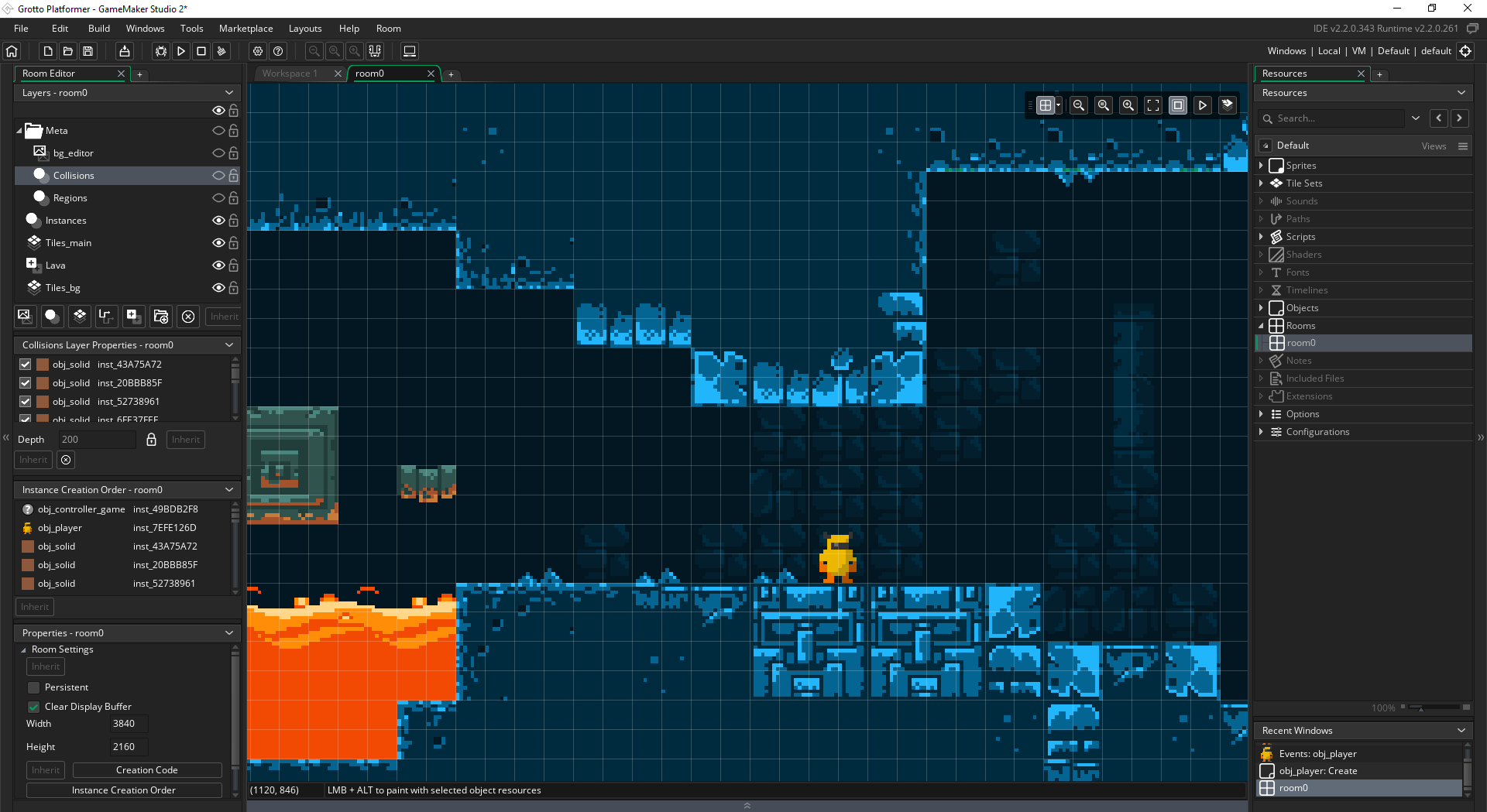
If you’re not shy with programming then you can customize your creation into many genres, but if you are afraid to program then you’re mostly restricted to sidescroller and top down perspective games. Its interface hides most of the coding involved and lets users input data rather than write lines of code, but those who want to dive into coding can do so in advanced areas of the program. Like the others on this list so far, GameMaker is primarily used for 2D game creations, but unlike the others above, it has much more flexibility with design, which can be bad or good depending on what you need.

Even though it was released back in 1997 at the height of the genre it caters to, its most recent update came in April of 2011, so it’s still a viable option for most Windows users, although not all Mac OS and Linux users will be able to run it. If you were a fan of point and click adventure games in the 1990s like Myst, Grim Fandango, 7th Guest, Toonstruck – or recent ones like Machinarium – then this software is worth exploring. This is another game engine that focuses on a specific genre. The best part is that it has a huge online community that shares all of their creations for everyone to try. If you just want to make your own fighting characters and levels, then it’s exactly what you need. It’s incredibly easy compared to most game engines, but its biggest con is that it’s very straight forward and doesn’t allow much wiggle room in design mechanics. Every few months I hear about it and about once a year I see a jaw dropping fan project that showcases how strong it can be. is a 2D fighting genre game engine that’s completely free. Many different versions exist for the PlayStation, PlayStation 2, Windows PC, and even a few handheld gaming devices, so make sure you get the one that best suits your needs. The drawback is obviously that it’s hard to build anything but a RPG with it.

It’s surprising how far a few variables and switches can go, and because it’s not coding intensive it has the nice bonus of letting you make more progress in the first few hours than with more robust engines.

This was the first game engine I ever worked with, and it was surprisingly simple while, yet it also had plenty of advanced tabs if I wanted to go deeper with my game mechanics. If that’s the crossroads you’re currently at, then this is the list of game engines you need to consider before picking a path for your game. It’s hard enough to assemble a team of people who have the skills to create all the pieces that are necessary for a complete game, and even harder assembling all those assets into a final product that’s polished for the world to play and enjoy.


 0 kommentar(er)
0 kommentar(er)
